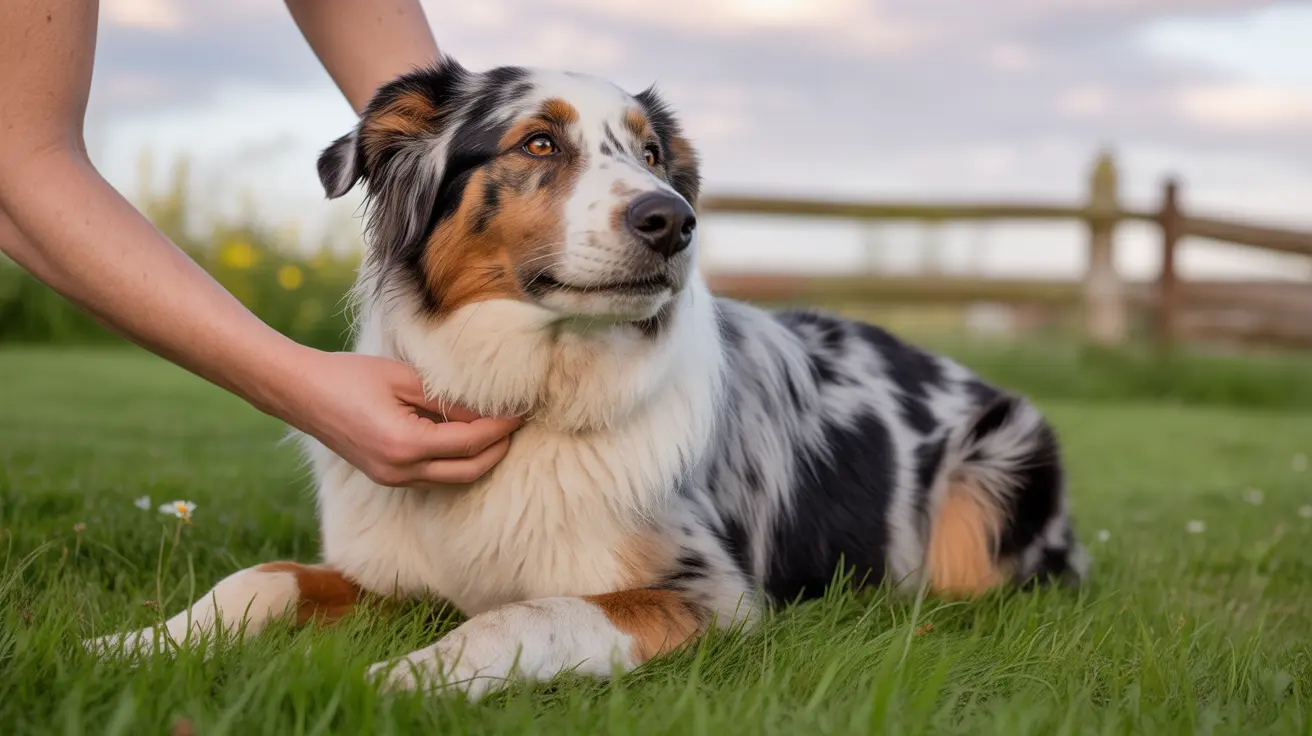Normal Nipple Count in Dogs
Most dogs have between 8 to 10 nipples, though this number can vary from 6 to 12 depending on the individual dog. These nipples are arranged in two parallel rows that run from the chest area (near the front legs) down to the groin area. Each nipple is typically paired with another on the opposite side, creating a symmetrical pattern.
Interestingly, the number of nipples a dog has isn't determined by their breed, size, or gender. A tiny Chihuahua might have the same number of nipples as a large German Shepherd, though larger breeds tend to have more nipples on average.
Male vs. Female Dog Nipples
Yes, both male and female dogs have nipples! This often surprises many pet owners, but it's completely normal. The presence of nipples in males occurs because all mammals develop nipples in the embryonic stage before gender differentiation takes place.
While male dogs have nipples, these remain non-functional throughout their lives. Female dogs' nipples, on the other hand, serve an essential purpose in nursing puppies. During pregnancy and nursing, female dogs' nipples become larger, more pronounced, and darker in color as they prepare for milk production.
The Evolution and Purpose of Multiple Nipples
Dogs evolved to have multiple nipples as an adaptation to support their litter-bearing nature. Unlike humans who typically have one baby at a time, dogs often give birth to multiple puppies in a single litter. Having numerous nipples ensures that all puppies in a litter can nurse simultaneously, increasing their chances of survival.
Each nipple connects to its own mammary gland, which produces milk in nursing mothers. These mammary glands contain multiple milk ducts that allow puppies to receive nourishment efficiently during feeding times.
Monitoring Your Dog's Nipple Health
While variations in nipple count and appearance are normal, it's important to monitor your dog's nipples for any unusual changes. Healthy nipples should be soft, symmetrical, and free from discharge (unless the dog is nursing). Any lumps, swelling, redness, or unusual discharge should be evaluated by a veterinarian.
For female dogs, regular checks become especially important during pregnancy and nursing periods when the mammary tissue is most active and potentially more susceptible to issues.
Frequently Asked Questions
How many nipples does a typical dog have, and does this number vary by breed or size?
Most dogs have 8 to 10 nipples, though the number can range from 6 to 12. While larger breeds tend to have more nipples, the exact count isn't strictly determined by breed or size.
Do male dogs have nipples, and if so, why do they have them if they don't nurse puppies?
Yes, male dogs have nipples because all mammals develop them in the embryonic stage before gender differentiation. While these nipples are non-functional, they're completely normal and present in all male dogs.
How are dog nipples arranged on their body, and can the number be odd instead of even?
Dog nipples are arranged in two parallel rows from the chest to the groin area. While most dogs have an even number of nipples, some may have an odd number due to developmental variations.
Why do female dogs' nipples change in size and color during pregnancy and nursing?
During pregnancy and nursing, hormonal changes cause the nipples to enlarge and darken as the mammary glands prepare for milk production. This makes it easier for puppies to locate and latch onto the nipples for feeding.
When should a pet owner be concerned about unusual lumps or bumps near a dog's nipples?
Pet owners should consult a veterinarian if they notice any lumps, swelling, redness, or unusual discharge from the nipples. While some changes are normal during pregnancy and nursing, unexpected changes could indicate health issues that need attention.






